
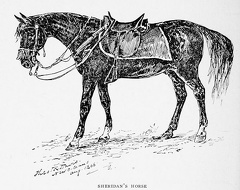 Sheridan's Horse
Sheridan's Horse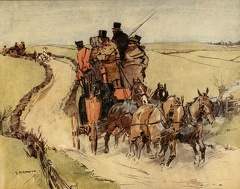 Mail Coaches Racing - Something Wrong with the Opposition Coach
Mail Coaches Racing - Something Wrong with the Opposition Coach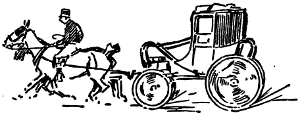 old times sketch
old times sketch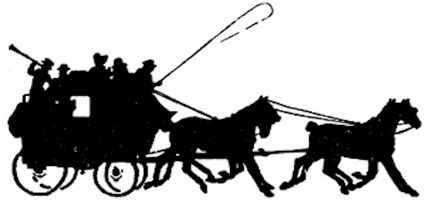 Coach
Coach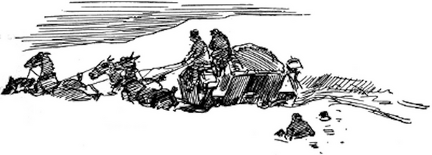 Racing
Racing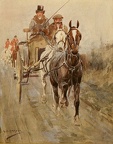 Tandem
Tandem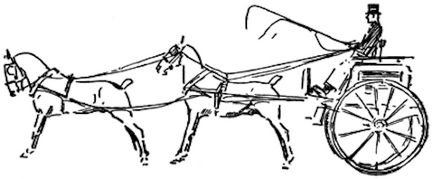 Tandem
Tandem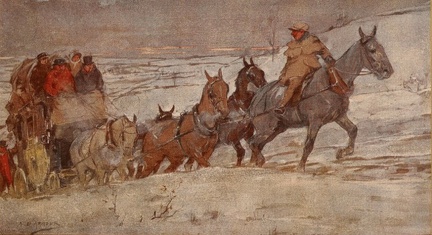 The Stage Coach - Old Times
The Stage Coach - Old Times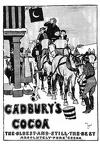 Cadburyès Cocoa
Cadburyès Cocoa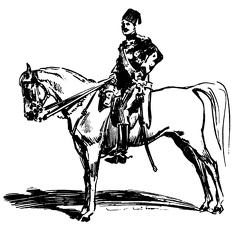 His Highness Prince Mahomet Ali, Cairo, February 14, 1898
His Highness Prince Mahomet Ali, Cairo, February 14, 1898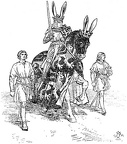 ‘Dymoke of Scrivelsby’
‘Dymoke of Scrivelsby’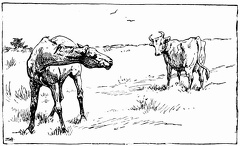 Horse and cow
Horse and cow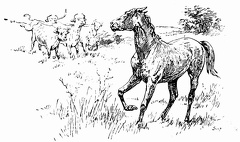 Cows and a horse
Cows and a horse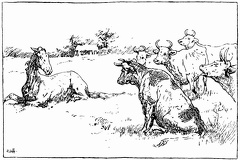 Cows and horse
Cows and horse A check in the Park at Bagatelle
A check in the Park at Bagatelle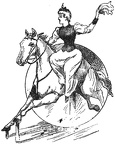 On the Caroussel
On the Caroussel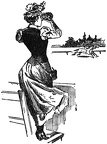 Looking at the Race
Looking at the Race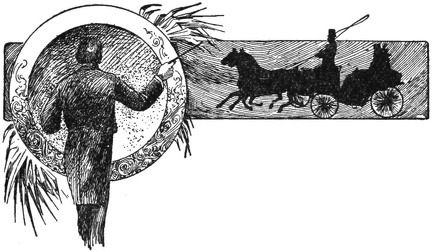 An Ideal Afternoon
An Ideal Afternoon A Chicago Hussar
A Chicago Hussar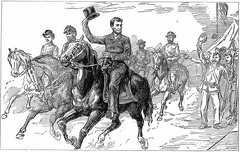 Lincoln visiting the Army
Lincoln visiting the Army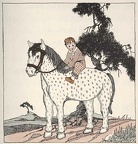 A Gentle Horse
A Gentle Horse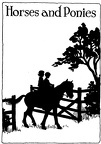 Horses and Ponies
Horses and Ponies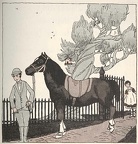 Horse stopping to eat.
Horse stopping to eat.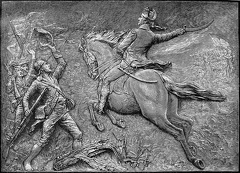 On our chieftain speeded, rallied quick the fleeing forces
On our chieftain speeded, rallied quick the fleeing forces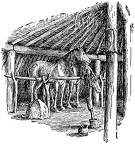 My father stabled his horses at night in our lodge, in a little corral fenced off against the wall
My father stabled his horses at night in our lodge, in a little corral fenced off against the wall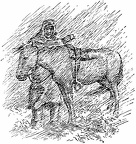 A heavy wind blew the snow in our faces, nearly blinding us
A heavy wind blew the snow in our faces, nearly blinding us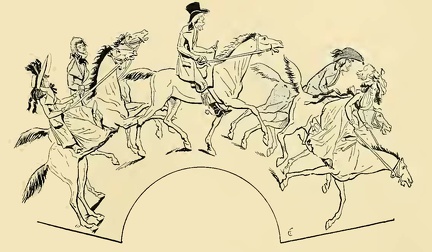 Riding in the Park
Riding in the Park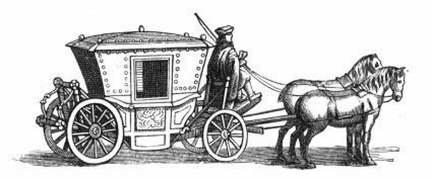 Coach of the latter half of the Seventeenth Century
Coach of the latter half of the Seventeenth Century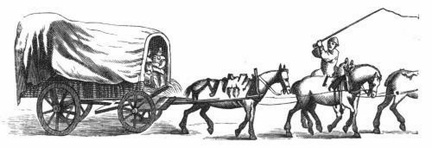 Waggon of the second half of the Seventeenth Century
Waggon of the second half of the Seventeenth Century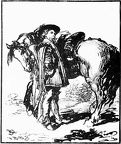 The Trumpeter
The Trumpeter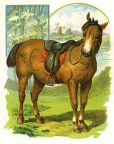 The Horse
The Horse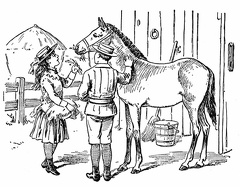 Feeding the horse
Feeding the horse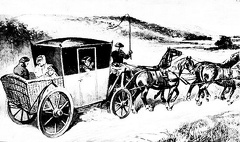 The Machine, 1640-1700
The Machine, 1640-1700 Mr. Daniel Bourn’s Roller Wheel Waggon -1763
Mr. Daniel Bourn’s Roller Wheel Waggon -1763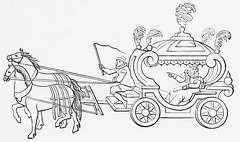 Queen Elizabeth’s Travelling Coach
Queen Elizabeth’s Travelling Coach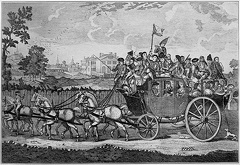 Going to Bury Fair
Going to Bury Fair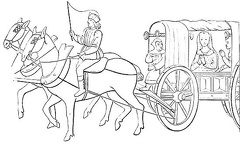 Flight of Princess Ermengarde
Flight of Princess Ermengarde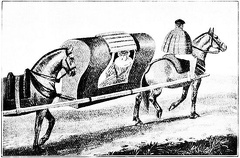 Horse Litter
Horse Litter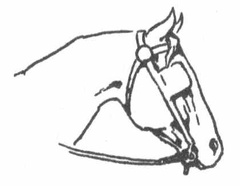 Comfort
Comfort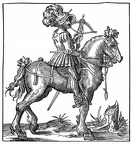 Mounted Crossbowman, with Cranequin crossbow, and a quarrel in his hat
Mounted Crossbowman, with Cranequin crossbow, and a quarrel in his hat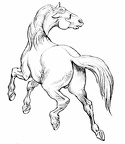 horse
horse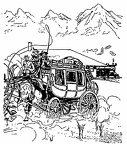 The Stage coach
The Stage coach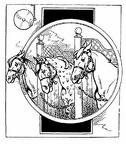 Horses in the fire station
Horses in the fire station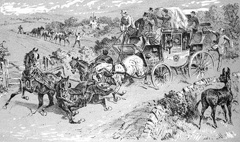 Horses in a heap, Leader down, Wheelers falling over him
Horses in a heap, Leader down, Wheelers falling over him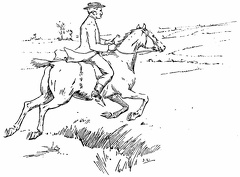 Man riding horse
Man riding horse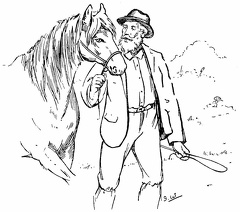 Man leading a horse
Man leading a horse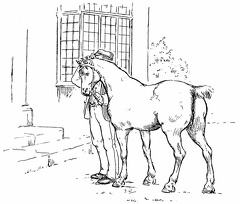 Man and horse outside a house
Man and horse outside a house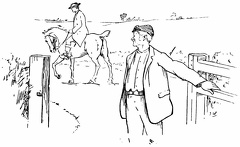 Going through the gate
Going through the gate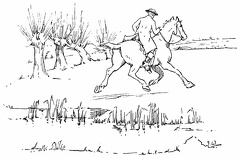 Trotting across a field
Trotting across a field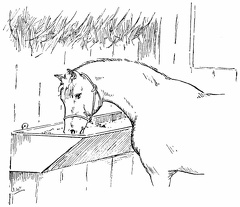 Feeding time
Feeding time Horse and Dog
Horse and Dog Two dogs and a horse
Two dogs and a horse Two children riding ponies on the beach
Two children riding ponies on the beach Two horses
Two horses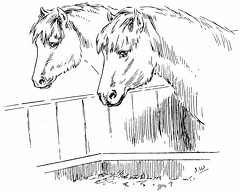 Two horses looking at their food
Two horses looking at their food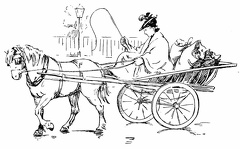 Lady driving in a horse and cart
Lady driving in a horse and cart Horse and chickens
Horse and chickens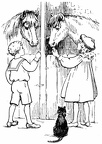 Boy and girl feeding the horses
Boy and girl feeding the horses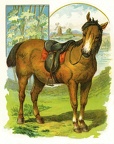 A horse
A horse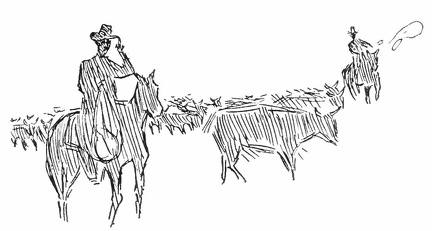 Cowboys rounding up their herd
Cowboys rounding up their herd



